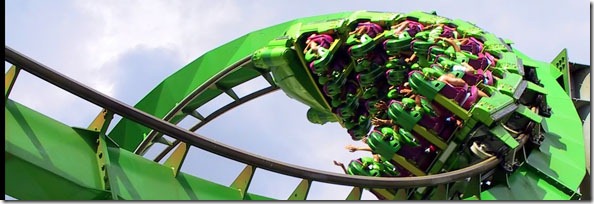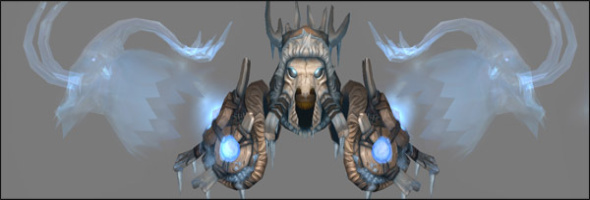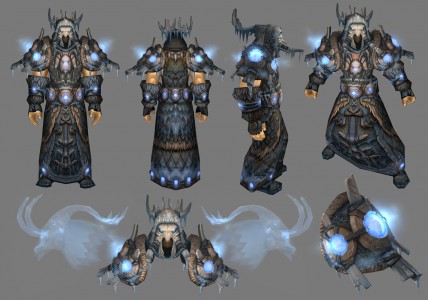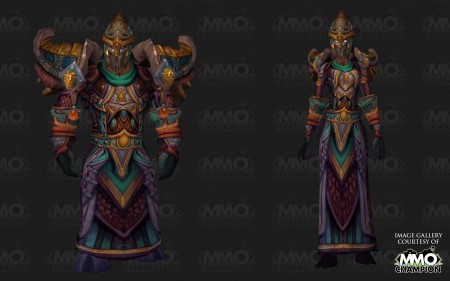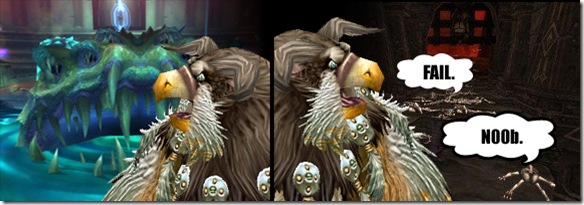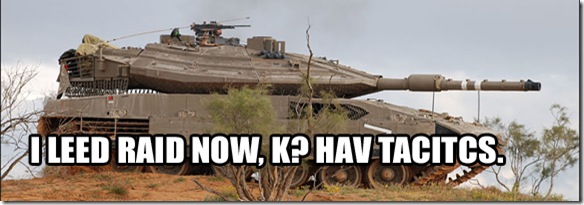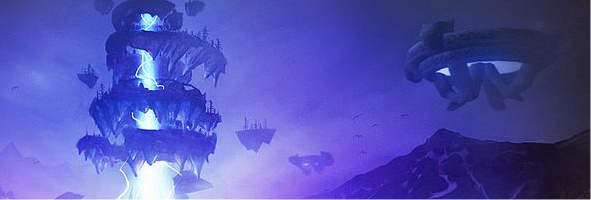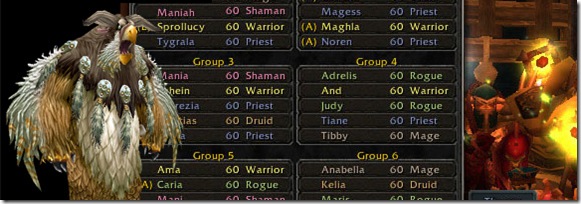Conquest celebrated its one year birthday several days ago. It’s hard to believe that it’s been a year since the guild’s inception. We’ve had our share of high points and low points. Some days it was difficult to get through a raid. Tempers were flaring, players would be upset. Other days, we worked as a relaxed but cohesive unit where we exhibited an aura of unstoppability.
It wasn’t without it’s lessons.
Things I learned
You can’t keep everyone happy: If a player’s happiness depends on a course of action not in line with guild goals, then they should just be released. They won’t be satisfied anyway and there’s no sense in keeping them chained by doing things your guild isn’t doing. Whether it’s super hard modes or PvP or so forth, they’re better off finding an organization that aligns with their desires.
Recruiting is a constant: Real life will intrude on the lives of people and it could keep them sidelined indefinitely. Don’t believe for a moment that your roster is ever going to be complete. The ideal roster is one where all 25 players show up every raid without being affected by anything going on in their life. Unfortunately, that isn’t reality.
People will come and go: Not everyone is going to be in for the long haul. The team I took down Kel’Thuzad with is different than the one which eliminated Yogg-Saron. Anub’Arak was knocked out with a different crew as were the hard mode variants within Trial of the Crusader. Nothing permanent is set in stone. I think there’s about 7 players who entered Naxxramas with me who are still actively raiding to this day.
Follow through: Always make an effort to follow through on everything you say or else it will come back later. It’s fine if you fail, but at least you tried. Believe me when I say there’s nothing better for progress than a GM or raid leader who has the resolve to replace underperforming players and has players to replace them with.
Things I should have done differently
Care more about 10s: Having three groups of 10s that were capable of clearing out ToC 10 and 2 groups clearing out ToGC 10 added a lot of firepower to our raid. For whatever reason, it was something that never occurred to me. The groundwork is already being laid down for multiple Icecrown 10 groups.
More time: Sometimes it just seems as if we didn’t have enough time to set out to do the things we wanted to do. With 9 hours, you can only do so much.
Achievements: This one’s a bit difficult to go for as not many others share the sentiment about achievements. I supposed if we had more time, it’s another route we could’ve taken to help keep ourselves busy. But with 9 hours, the focus was placed moreso on boss kills than anything else (which is understandable).
As long as I continue to blog, I’m certain the guild will still remain for another year. To hell with the naysayers who said when I first started that I’d crash and burn and wouldn’t last a year.
